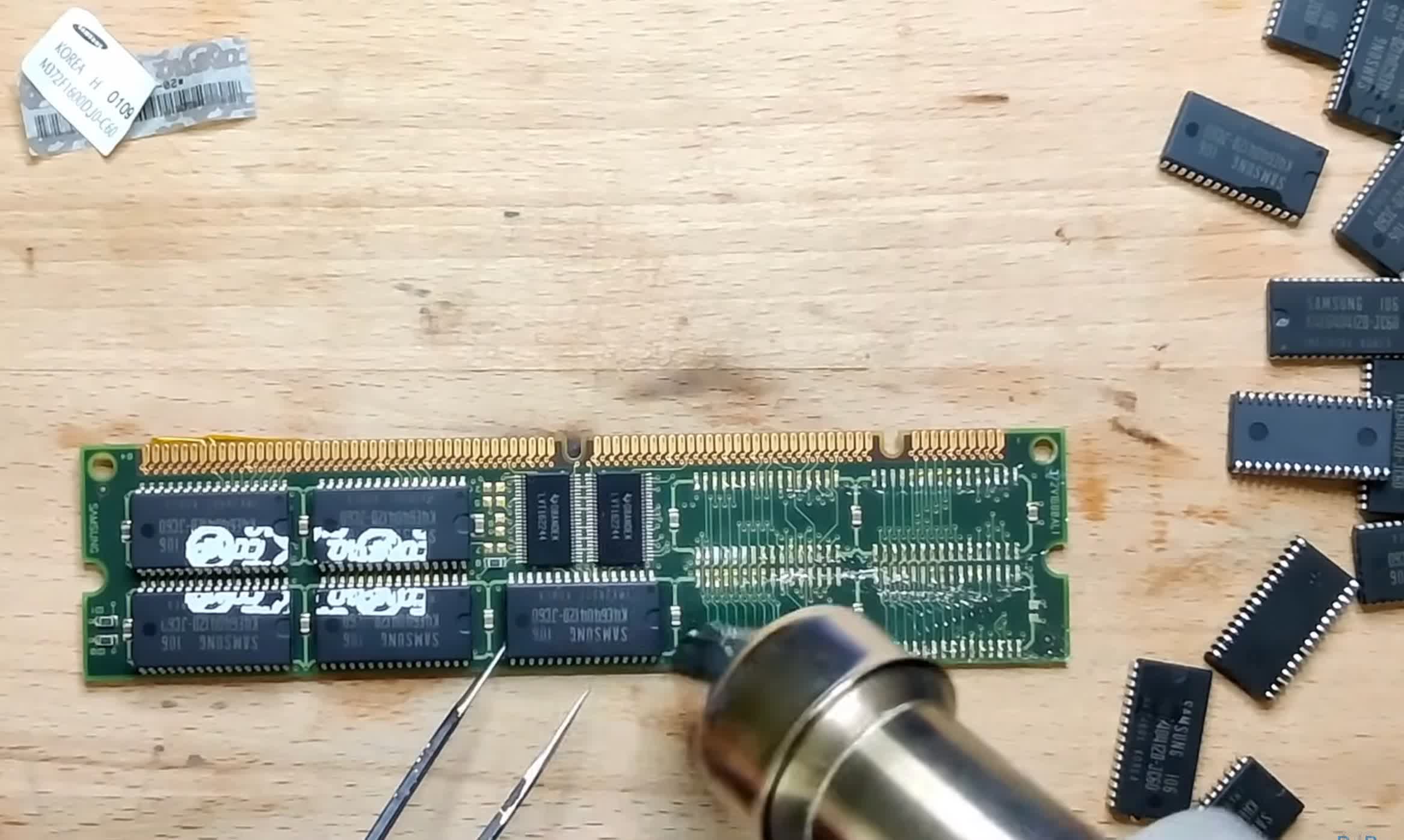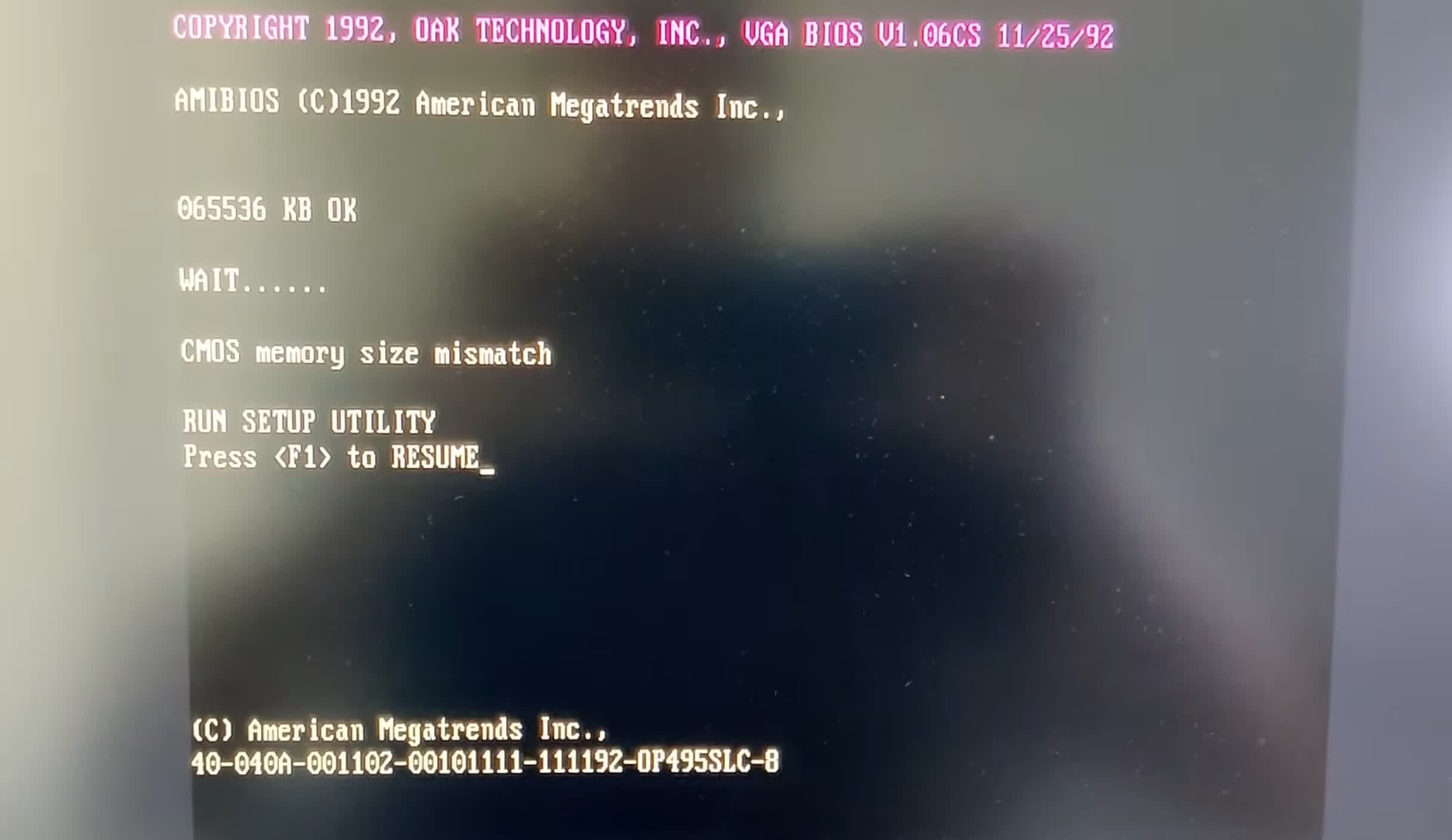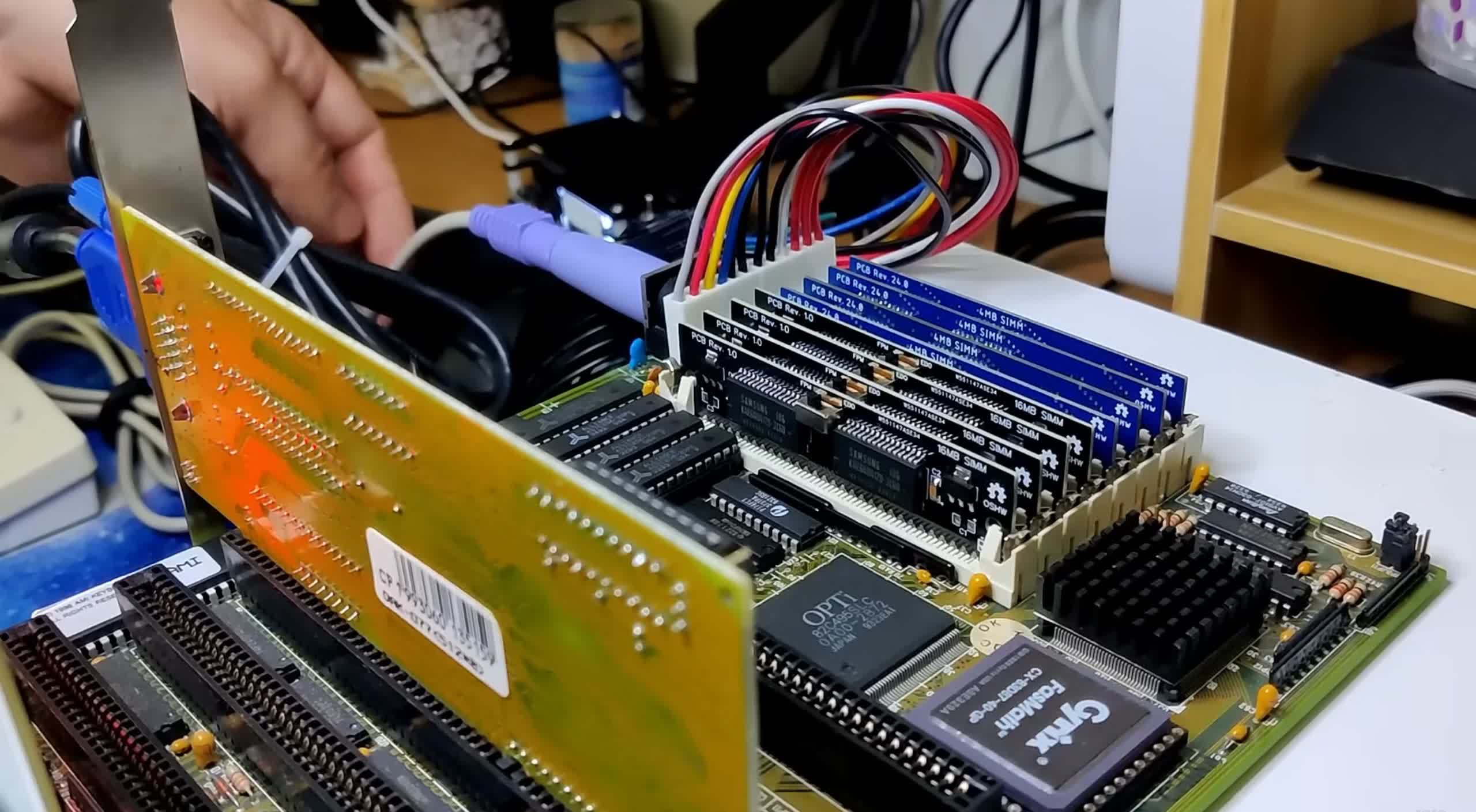WTF?! If you're a vintage computer enthusiast stuck in the era of 30-pin SIMMs, your memory upgrade options are rather limited. But one enterprising YouTube channel has now shown how to super-size ancient 386 systems to a 'jaw-dropping' 64 megabytes of RAM.
YouTuber Bits and Bolts has created a step-by-step guide for building custom 16MB 30-pin SIMM modules from off-the-shelf components. While that may not sound earth-shattering in 2024, it's a game-changer for a 386DX machine from the '80s.
Let's rewind to the 386 era when 30-pin SIMMs reigned supreme as the memory standard. A typical Windows 3.1 setup needed just 1MB to skate by, often reached using four 256KB sticks. As computing demands increased, 1MB modules became the norm.
Fast forward to Bits and Bolts' ambitious project. After previously modding 30-pin SIMMs to hit 32MB using a clever hack, the maker wanted to blow past that ceiling. The goal was to create 16MB SIMMs, which was the maximum supported by the 30-pin standard, to significantly boost the 386's memory capacity.

Pulling this off required quite some engineering skills. Bits and Bolts first had to verify his specific 386 motherboard could actually handle that much RAM when maxed out. He learned that he could but only if four of the board's eight slots were used. He had hoped to touch the 128MB mark, but 64MB would have to do for now.
The process wasn't without its hurdles. The biggest was sourcing affordable, reliable 16MB 30-pin SIMMs, which are either extremely pricey vintage components or sketchy used modules of unknown quality. Bits and Bolts also had to carefully hack the modules to allow switching between older Fast Page Mode (FPM) and newer Extended Data Out (EDO) RAM modes for compatibility.
After assembling the modules and installing them on the 386 motherboard, the system successfully booted with 64MB of memory. The author tested the memory using Memtest86+, which took 10 hours to complete one pass. A thermal camera and oscilloscope were used to monitor the temperature and voltages of the modules, confirming their stability and safety.

It's all quite remarkable for a nearly four-decade-old system. But Bits and Bolts isn't done yet and has already set his sights on the next target, which is upgrading newer 486 systems beyond their typical ceilings.
